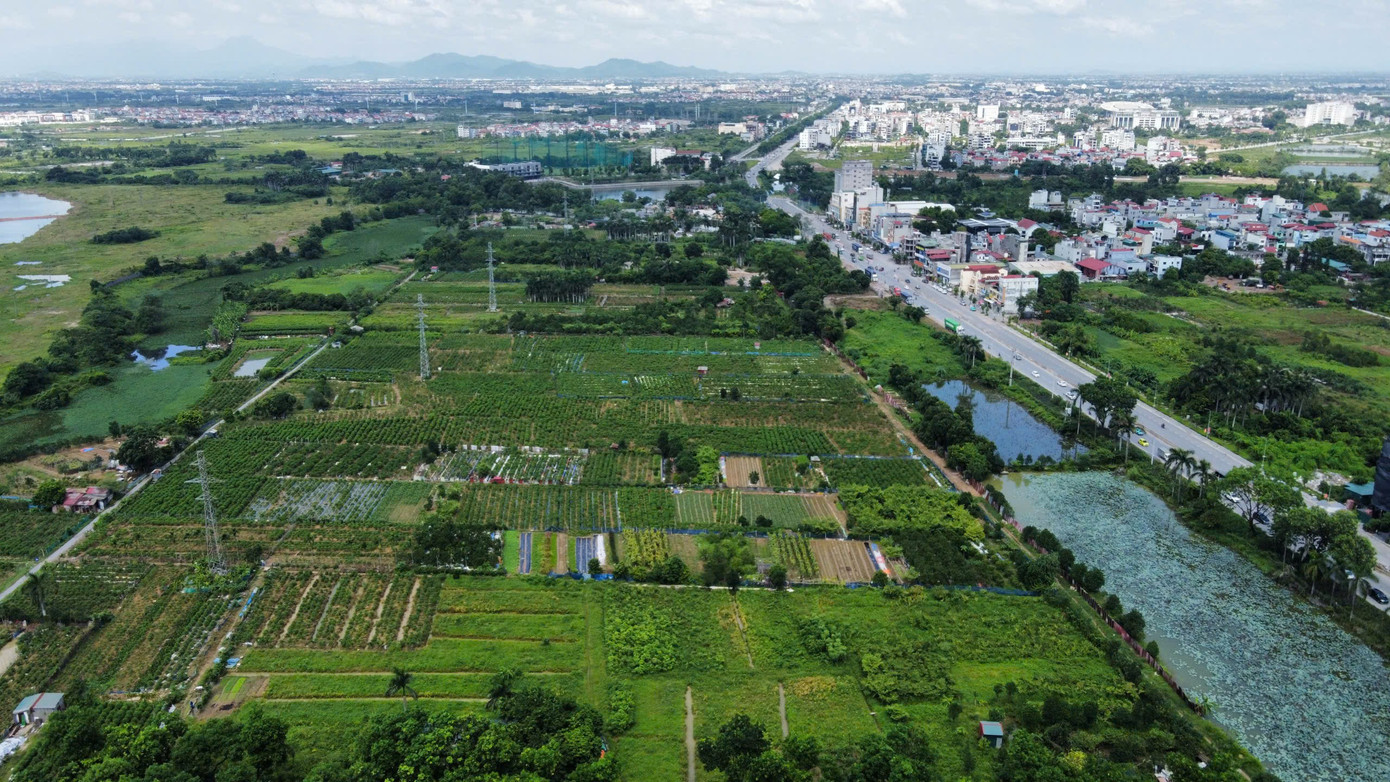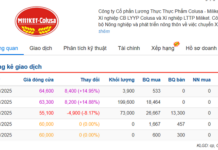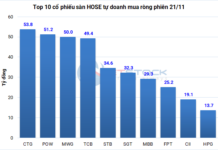In a recent draft resolution, Vietnam’s National Assembly outlines mechanisms and policies to address challenges in implementing the 2024 Land Law. The Ministry of Agriculture and Environment proposes changes to the 5-year land use planning (2026-2030) for centrally governed cities.
Specifically, Article 3, Clause 1 of the draft resolution suggests eliminating the 5-year land use planning (2026-2030) for centrally governed cities, district-level land use plans, annual district-level land use plans, and commune-level land use plans.

The Ministry of Agriculture and Environment proposes eliminating the 5-year land use planning (2026-2030) for centrally governed cities to prevent resource wastage.
Commune-level land use planning will be based on provincial planning targets allocated to commune-level administrative units or urban and rural planning regulations. The planning period for commune-level land use will be 5 years.
The draft stipulates that commune-level land use plans will serve as the basis for land reclamation, land allocation, land leasing, land-use purpose conversion, land-use rights auctions, forest allocation, forest leasing, and forest-use purpose conversion, replacing the annual district-level land use plans as outlined in Articles 80, 116, 125, and 248 of the 2024 Land Law.
The Government will provide detailed regulations on the formulation, appraisal, approval, review, adjustment, and implementation of land use planning and plans.
The Ministry of Agriculture and Environment cites Resolution No. 69-NQ/TW and the two-tier local government structure as the rationale for these proposals.
Additionally, the proposals aim to encourage urban and rural planning compliance, ensuring a synchronized, stable, and long-term land management system nationwide. This will streamline investment project implementation, reduce administrative procedures and compliance costs, and enable local authorities to simplify processes, unlock land resources, and expedite land access for businesses.
Regarding the 5-year land use planning (2026-2030) for centrally governed cities, the Ministry notes that Article 65, Clause 5 of the Land Law exempts cities with approved urban and rural master plans from provincial-level land use planning. Instead, they base their provincial-level land use plans on these master plans.
However, provinces and centrally governed cities are currently adjusting their 2021-2030 provincial plans with a vision to 2050, as required by the Planning Law. The approval timeline for these adjustments aligns with the 5-year land use planning (2026-2030), and the adjusted plans already include land use targets to meet socio-economic development needs.
“Therefore, eliminating the 5-year land use planning (2026-2030) for centrally governed cities will prevent resource wastage,” the Ministry’s draft proposal emphasizes.
Revolutionary Land Price Table Construction Changes Effective January 1, 2026
Under the new regulations, the process and procedures for establishing land price lists at the provincial level, to be announced and applied from January 1, 2026, will follow a 16-step sequence. The authority to determine land prices has shifted from the Provincial People’s Committee (UBND) to the Provincial People’s Council (HĐND).
Streamlining Agricultural and Environmental Business Procedures: Cutting Red Tape, Simplifying Processes
With the new scheme, there is a focus on reducing and streamlining administrative procedures related to production and business operations across 13 sectors. This also includes the reduction and simplification of investment and business conditions in 36 sectors, specifically for regulated industries in agriculture and the environment.
The Premier Unveils the Merger Plan for the Ministry of Agriculture and the Ministry of Natural Resources
Prime Minister Pham Minh Chinh has announced that the proposed merger of the Ministry of Agriculture and Rural Development with the Ministry of Natural Resources and Environment will be discussed at the Central Committee meeting in January 2025. If approved, the merger will then be put forward to the National Assembly for ratification in February 2025, with the official merger taking place thereafter.
What are the 8 provinces that have been approved to become centrally-controlled municipalities?
The future vision for Vietnam’s urban landscape involves the establishment of 5 centrally-administered municipalities and the transformation of 8 provinces into prospective centrally-administered cities. This strategic plan aims to foster well-rounded urban development and elevate the country’s urban centers to new heights.












































